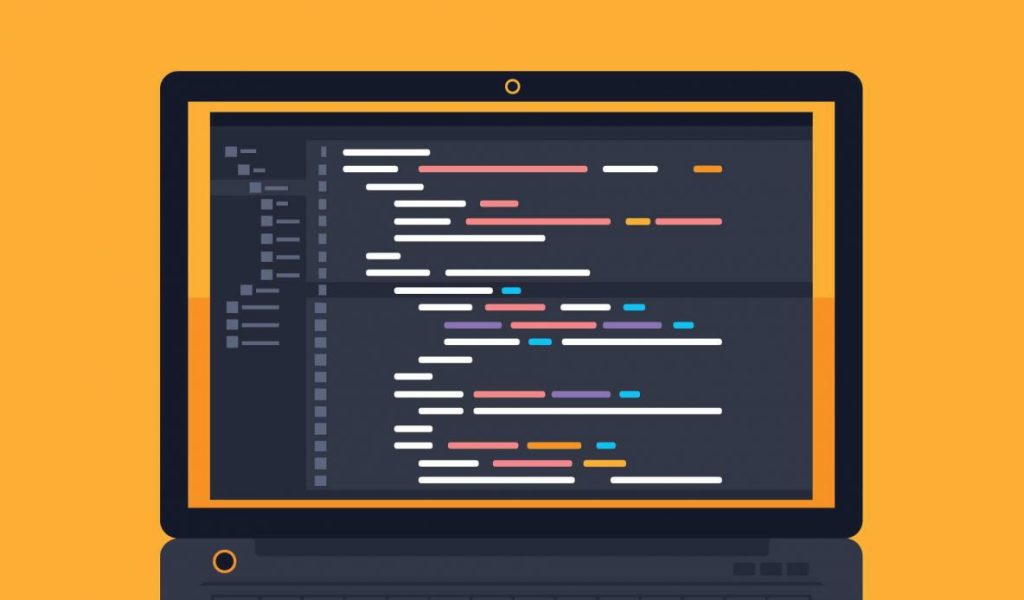As web development continues to evolve, it is essential for developers to keep up with the latest techniques and technologies to ensure their projects remain competitive and performant.
JavaScript, as one of the core programming languages of the web, has undergone a significant transformation over the years, providing developers with an array of advanced techniques to enhance their web applications.
In this blog, we will explore some of the most advanced JavaScript techniques for modern web development, including functional programming, asynchronous programming, and reactive programming.
What are Advanced JavaScript Techniques?
Advanced JavaScript techniques refer to the more advanced and complex ways of writing JavaScript code that go beyond the basics of the language. These techniques are used to create more complex and efficient web applications, as well as to solve complex programming problems.
Some examples of advanced JavaScript techniques include kalyan chart functional programming, asynchronous programming, and reactive programming.
Functional programming is a programming paradigm that emphasizes the use of pure functions, immutability, and higher-order functions to create complex and scalable web applications that are easy to test and maintain.
Functional Programming
Functional programming is a programming paradigm that emphasizes the use of pure functions, which do not rely on external state and produce the same output for the same input.
Functional programming is a powerful technique for developing complex and scalable web applications that are easy to test and maintain. Some of the key features of functional programming include:
Immutability: The concept of immutability ensures that the state of an object cannot be modified once it has been created.
Higher-order functions: Functions that take other functions as input or return functions as output are known as higher-order functions. Higher-order functions are essential in functional programming as they allow developers to compose functions to create more complex functionality.
Pure functions: Pure functions are functions that do not modify the state of the application and always return the same output for the same input. Pure functions are easy to test and maintain and can help to improve the performance of web applications.
Asynchronous Programming
Asynchronous programming is a programming paradigm that enables developers to write non-blocking code, allowing applications to perform multiple tasks simultaneously.
Asynchronous programming is essential in modern web development, as it helps to improve the performance and scalability of web applications. Some of the key features of asynchronous programming include:
Callbacks: Callbacks are functions that are passed as arguments to other functions and are executed when the function has completed its task. Callbacks are a fundamental aspect of asynchronous programming, as they enable developers to write non-blocking code.
Promises: Promises are objects that represent the eventual completion or failure of an asynchronous operation. Promises provide a cleaner and more structured way of writing asynchronous code than callbacks.
Async/await: Async/await is a syntax for writing asynchronous code that makes it look and behave like synchronous code. Async/await is a powerful tool for writing non-blocking code that is easy to read and maintain.
Reactive Programming
Reactive programming is a programming paradigm that enables developers to write responsive, event-driven applications that can react to changes in real-time.
Reactive programming is a powerful technique for developing web applications that require real-time updates, such as social media feeds and chat applications. Some of the key features of reactive programming include:
Observables: Observables are objects that represent a stream of data that can be observed by other parts of the application. Observables are a fundamental aspect of reactive programming, as they enable developers to write applications that can react to changes in real-time.
Operators: Operators are functions that can be applied to observables to transform, filter, or combine the data they emit. Operators are essential in reactive programming as they provide a powerful way of manipulating data streams.
Subjects: Subjects are a type of observable that can be used to emit new values and trigger the execution of observables that are subscribed to them. Subjects are a powerful tool for writing event-driven applications that can react to changes in real-time.
Conclusion
In conclusion, advanced JavaScript techniques, such as functional programming, asynchronous programming, and reactive programming, are essential for modern web development.
These techniques provide developers with a powerful set of tools for developing complex and scalable web applications that are easy to test and maintain.





